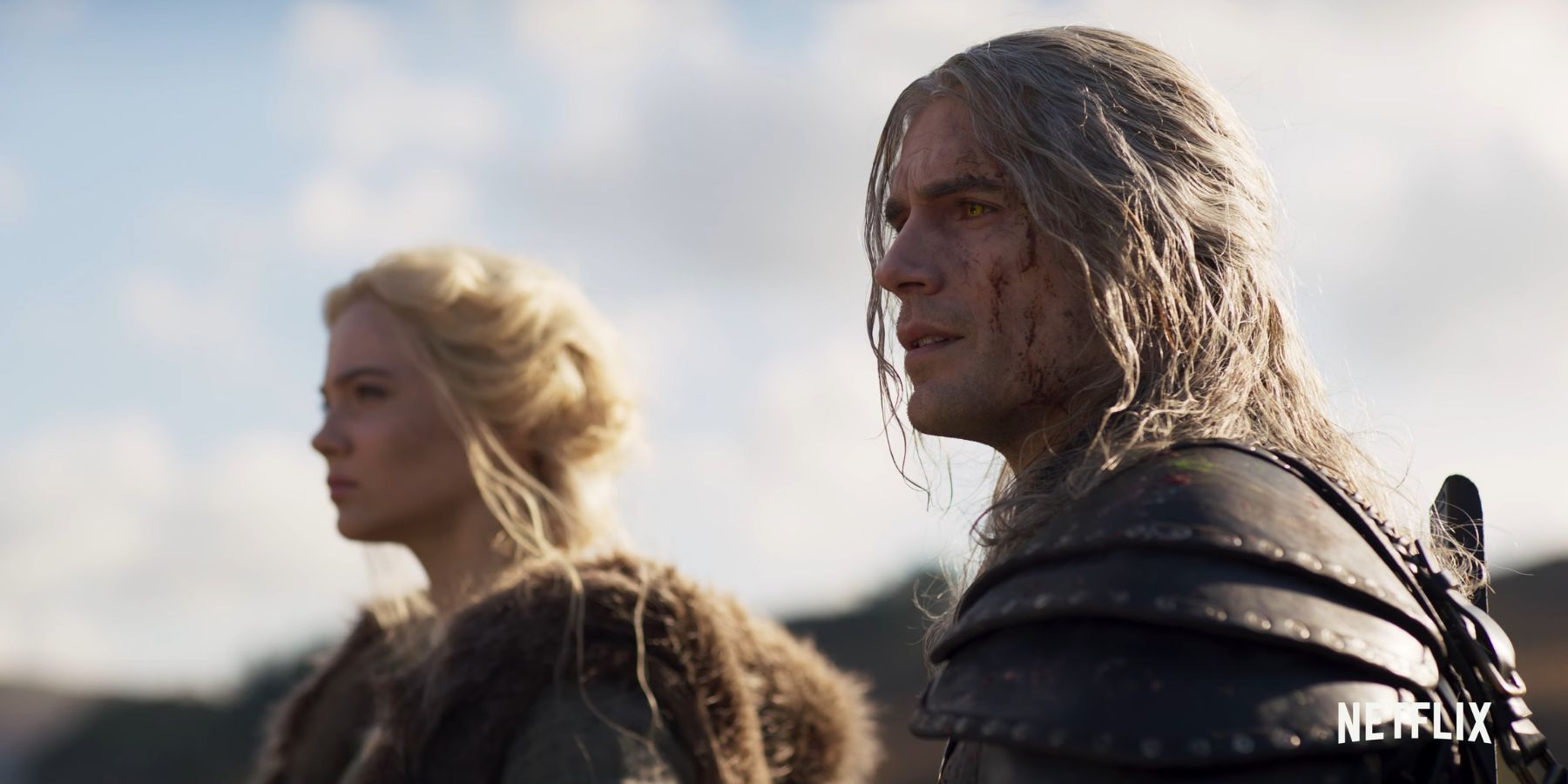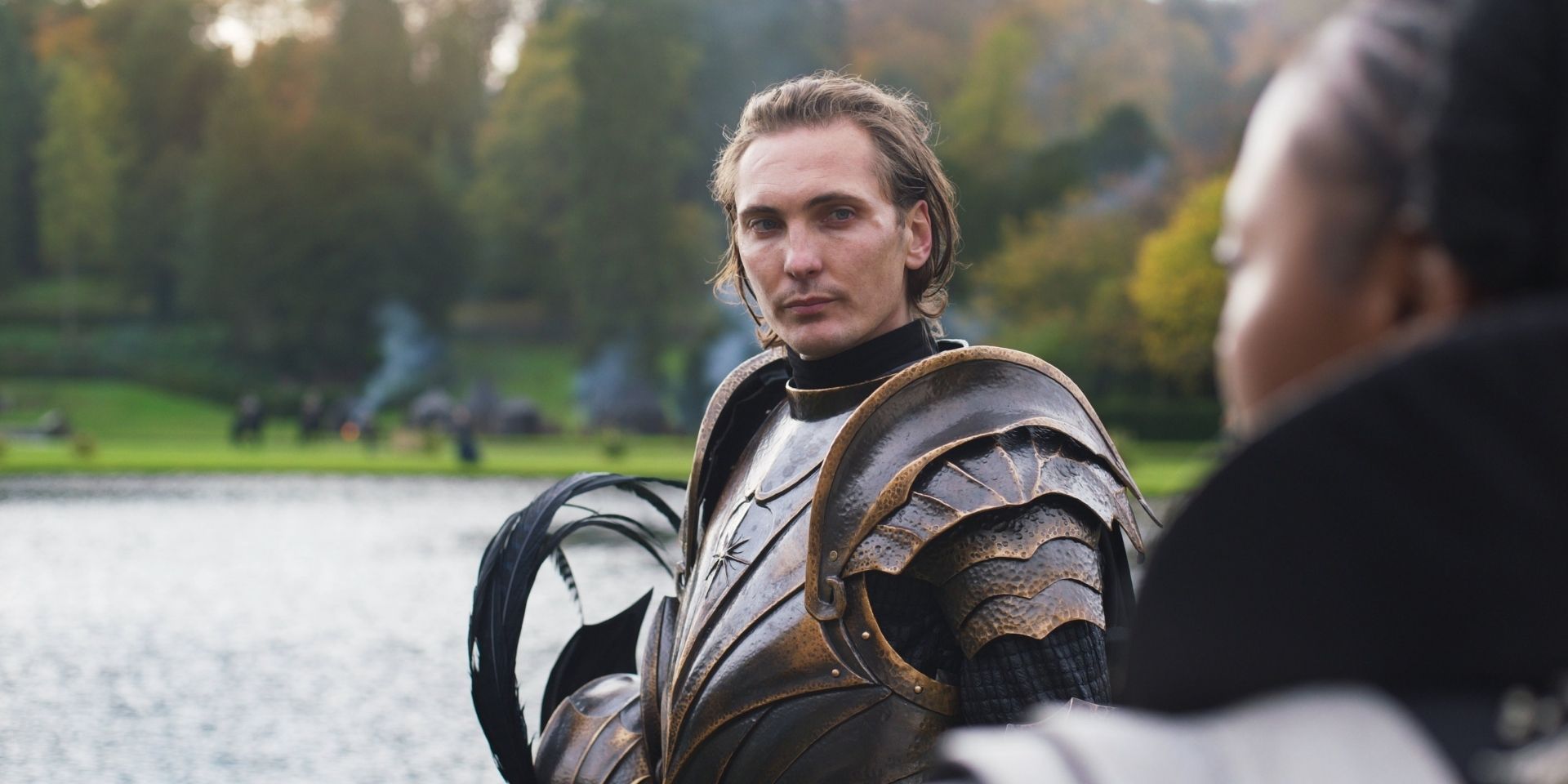When released in 2019, The Witcher has taken Netflix and the world by storm, attracting new viewers, appealing to the original books' fans, and building on the popularity of the CD Projekt Red game series. With the massive success of season 1, expectations were running high for season 2 — and it delivers in spades, overshadowing its successor on many fronts.
The Witcher, based on the books by the Polish author Andrzej Sapkowski, revolves around the stories of Geralt of Rivia (Henry Cavill), a mutant monster slayer for hire; Ciri (Freya Allan), the princess of Cintra, Geralt's Child of Surprise, and the bearer of the Elder Blood; and Yennefer of Vengerberg (Anya Chalotra), a headstrong and power-driven sorceress. On top of that, the series introduced several colorful side characters who influence the main events and shape the protagonists' journeys, fates, and development — and season 2 expands the world even further.
The show's season 1 set the scene, introduced the Continent's vast world, and explored the characters' backgrounds, leading to the interception of their stories and culminating in Geralt and Ciri finally finding each other. Season 2 picks up right from that point and sees the witcher and his recovered Child of Surprise heading off to the only place Geralt considers home and a haven — the witchers' fortress and training grounds, Kaer Morhen. While the witcher believes Yennefer perished in the decisive battle of Sodden, she, in fact, was captured by the Nilfgaardian sorceress Fringilla Vigo (Mimi Ndiweni).
The show's first season delivered plenty of action, blood-pumping monster fights, fiery romantic entanglements, and a twisted main storyline, and season 2 masterfully built on that foundation and delivered an incredible experience, bound to captivate the show's ever-growing fan base. Here's what it did right.
The Linear Timeline
Unlike season 1, where the show's creators used an often confusing time-hopping technique to introduce the protagonists' backstories, season 2 follows a more linear narrative path. It still jumps between the characters, offering the audience a view from different perspectives, but it's much easier to follow the story.
The Protagonists' Growth
Season 2 sees a drastic development in both the stories and characters of Geralt, Ciri, and Yennefer. Geralt is no longer only a gruff, monosyllabic monster slayer but a well-worn and thoughtful man who can, on occasion, even communicate his feelings. Cavill insisted on this character development, bringing the witcher's portrayal closer to the one in the original books. Geralt is fiercely protective of Ciri, and their growing father-daughter relationship adds a layer of warmth and humanity to the story.
Gone is a scared, wide-eyed little girl, running from her captives — instead, Ciri is training on par with the witchers, ready to stand up for herself and face the fear face-on. She's stubborn, snarky, and sharp. As she discovers her origin and powers, she moves closer to unlocking her destiny.
Yennefer faces the consequences of her actions in season 2 and embarks on a journey of self-discovery that inevitably leads and links her to Ciri. She's still rash, passionate, and often too blunt, but she's ready to adapt and learn just how far she's willing to go in search of power.
The Monsters Are Back, with Vengeance
Those who loved the thrilling monster-fighting scenes in season 1 won't be disappointed. The creatures that Geralt faces are meaner, scarier, and pose a bigger threat. The fights are more refined, the CGI is more impressive, and the stakes are higher. What's more, some of the monsters are more than just side quests allowing the witcher to earn some cash but rather crucial points in Geralt's story, bound to make a lasting impact.
The Expanded World and Politics
Season 1 mainly focused on the war with Nilfgaard and the fall of Cintra, while season 2 goes deeper and much more personal. Instead of just focusing on the rulers, it zooms in on the consequences of the war for common people and offers the audience an intriguing peek at the key players' motivations. The show adds more depth and shades to the conflict, staying true to the books and showcasing that the world can rarely be divided into heroes and villains.
The Side Characters Make an Impact
The first season introduced several memorable side characters that enriched the story and helped showcase the protagonists' true motivations and development. The next chapter brings back several familiar faces — the fans of the games will be particularly excited to see Triss Merigold, a powerful sorceress and Geralt's potential romantic interest in the games, play a bigger part in the events — and presents some other beloved characters, familiar to the readers.
Of course, the show wouldn't be the same without the cheeky and troublesome bard Jaskier, though fans will have to be patient as he appears only later in the season. While he still provides much-needed comic relief, his story takes a darker turn, and he develops into more than just Geralt's meddlesome friend but an integral part of the tale.
The Witcher Season 2: Verdict
The Witcher season 2 takes the first chapter's solid foundations and builds a thrilling, complex, emotional narrative filled with deeper characters, more personal stories, and much higher stakes.
The season is likely to appease the fans of both books and games. The former will be excited to see the familiar characters and stories — including the tale of cursed Nivellen from The Last Wish or Rience's hunt for Cirilla and his encounter with Jaskier from Blood of Elves — and the general adherence to the source's narrative. Cavill's extensive knowledge of the books also helped ensure Geralt is as true to the original as possible, including some of his lines coming straight from Sapkowski's pages. However, some of the show's turns are likely to catch the readers off guard, ensuring they stay at the edge of their seats.
The fans of the games will likely appreciate seeing the familiar faces of the Redanian master spy, Dijkstra, and Philippa Eilhart, a shape-shifting mage, as well as the extended presence of Triss, whose hair color is suspiciously getting closer to the games' red rather than the books' chestnut. The featured monsters will also evoke some fond (or frustrating) memories of the boss fights.
The second season offers a more complex, deeper take on the story, which also means it's more slow-burn, providing a gradual build-up rather than a straight-on action dive, which can deter some viewers. However, the twists and eventual revelations make up for a somewhat slower pace.
The only way the season could be better is if it featured more of the charming Jaskier and his jokes, but hopefully, the bard will get to have more screen time and chances to shine in season 3. Despite lacking another earworm-worthy tune and sufficient bath scenes, season 2 well deserves a tossed coin.








